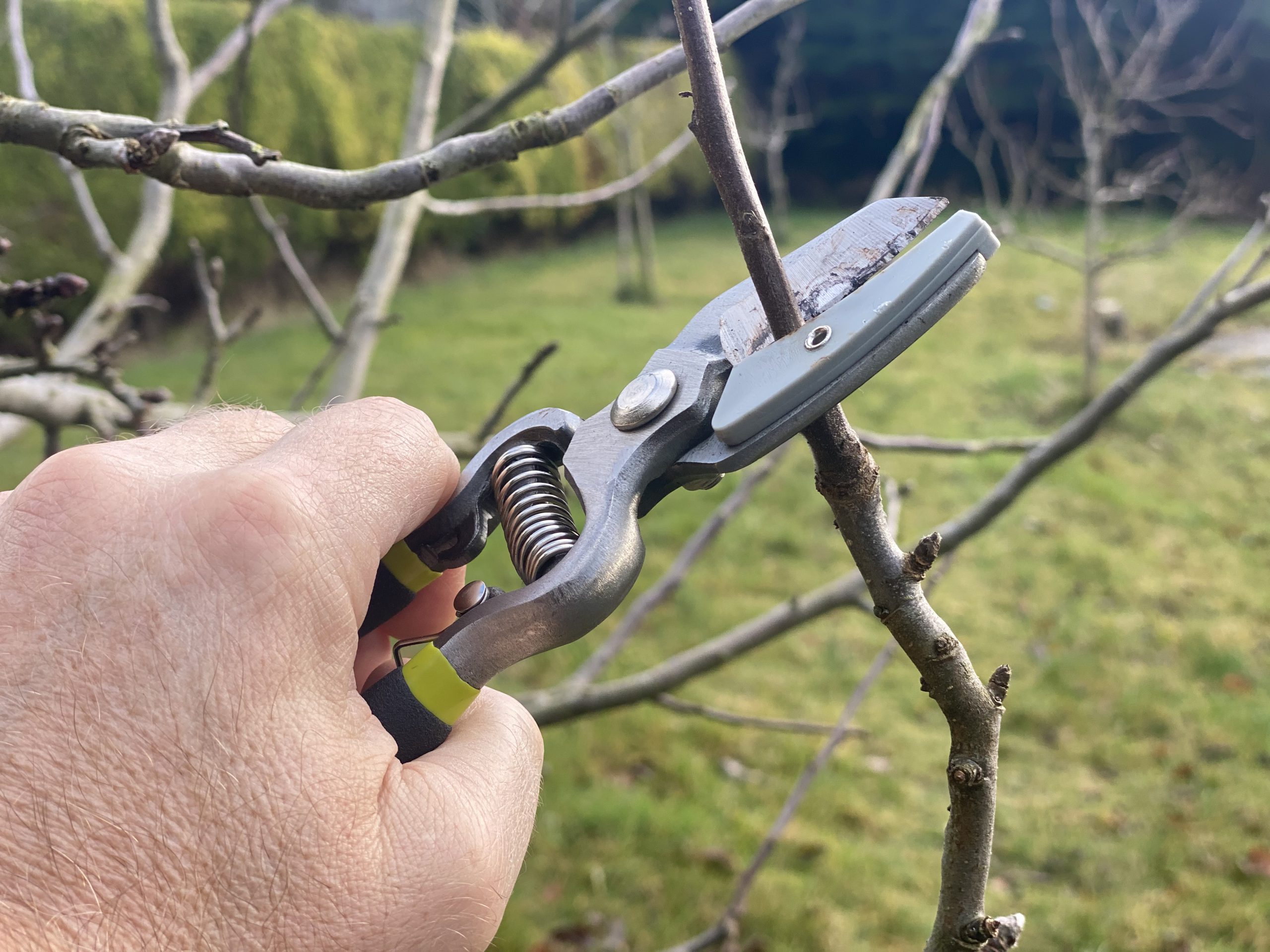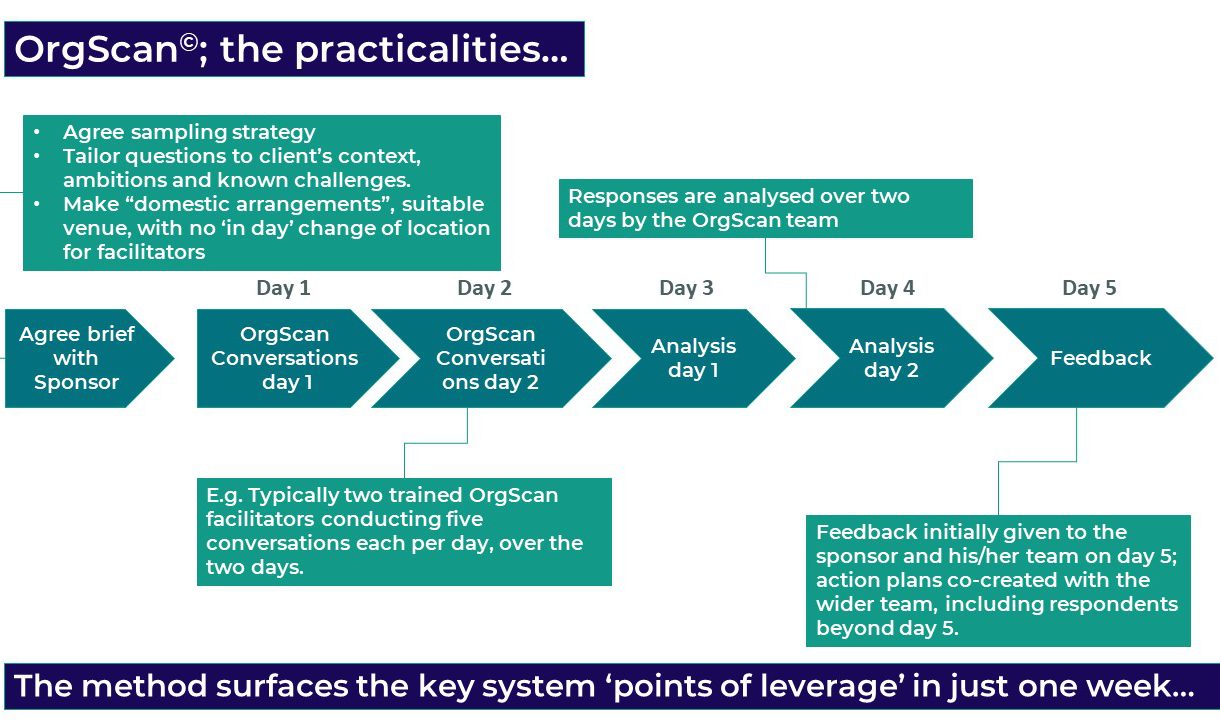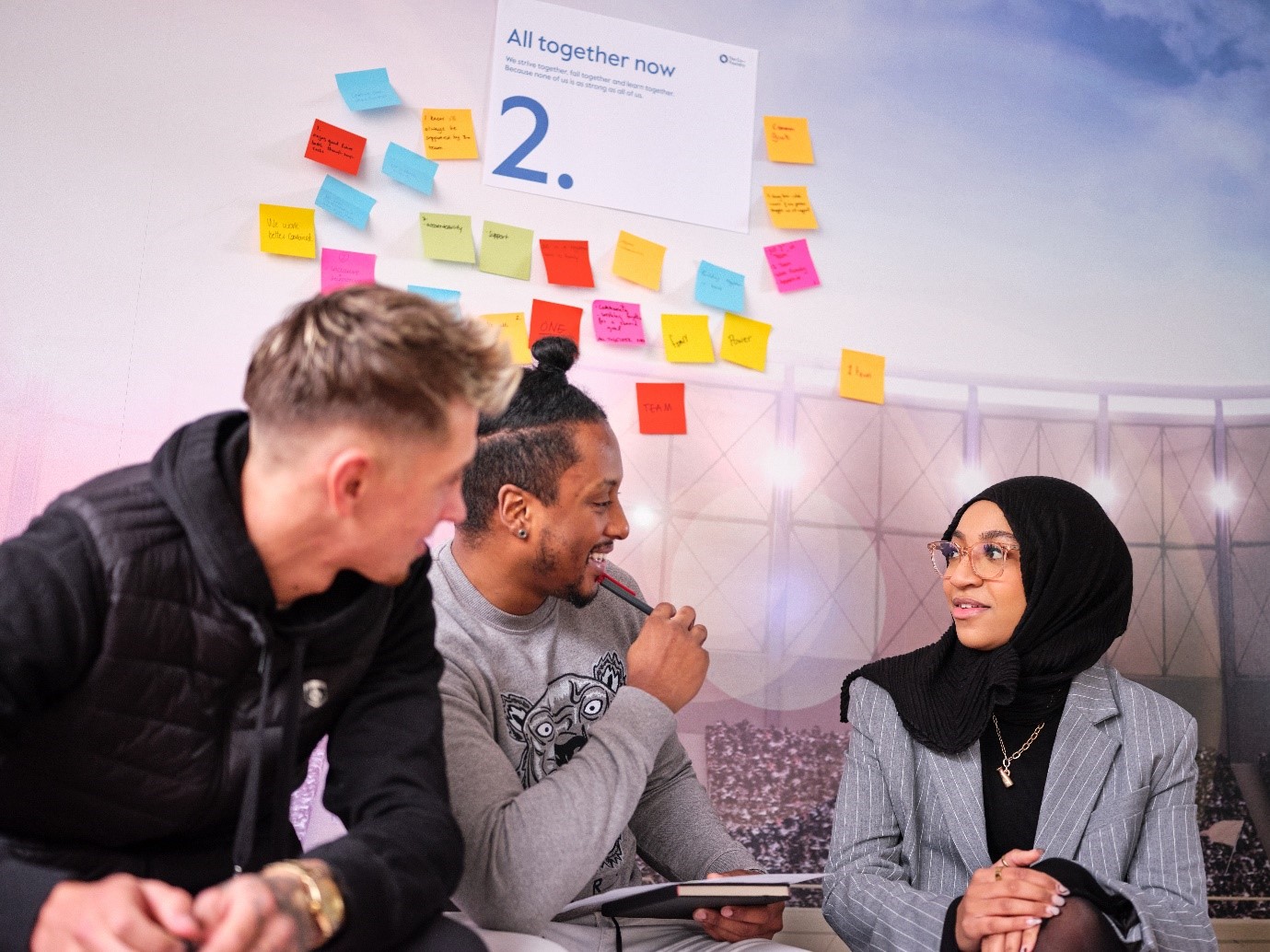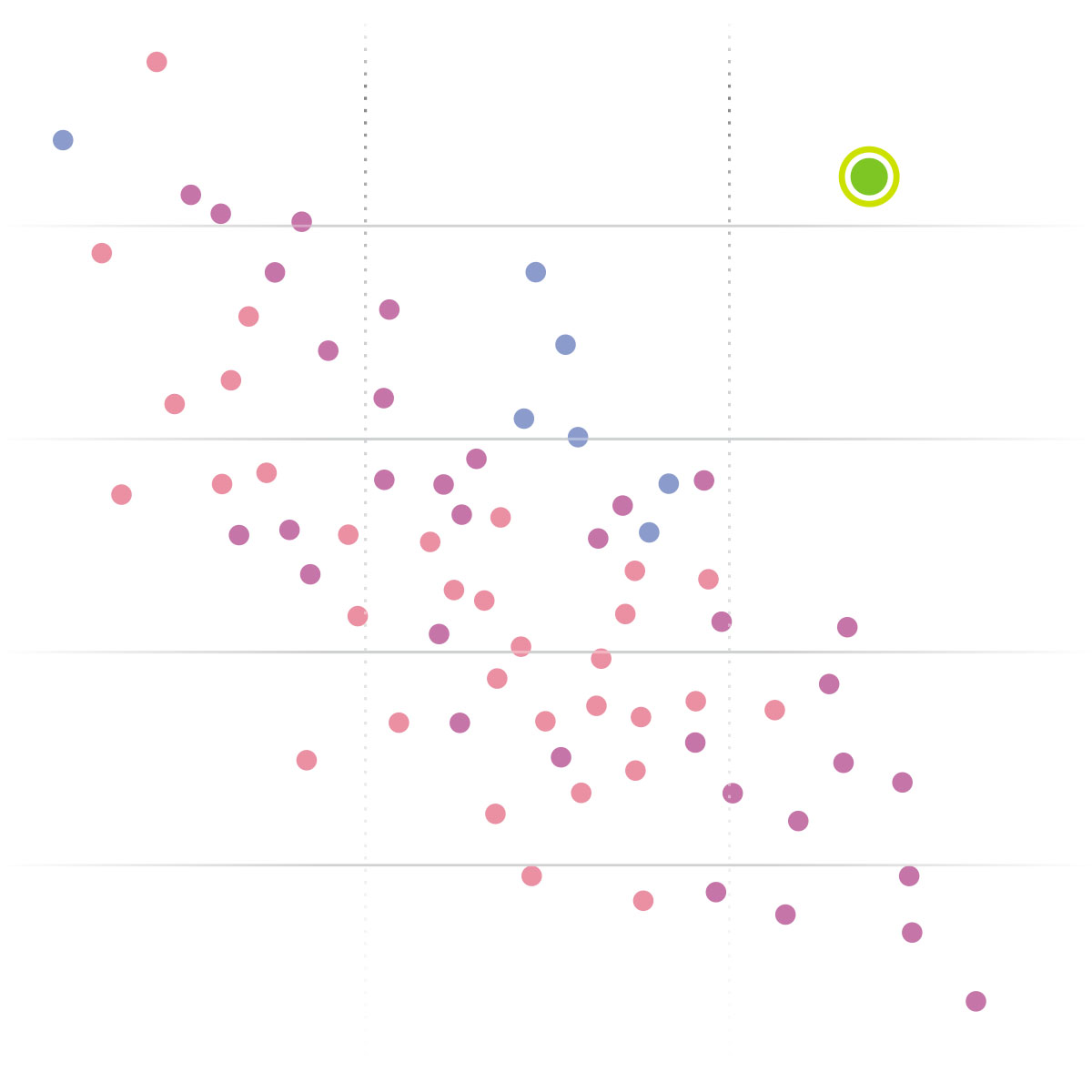What if we set out to build our scale-up to be human-centric, not control-centric?
Since the industrial revolution our understanding of neuroscience, psychology, sociology, and anthropology has progressed way beyond what was imaginable then. And yet that scientific evidence is still not being heeded in most organisations today. A moment of self-refection tells us, in the majority of circumstances, we humans do not respond well to being controlled. Can you think of a time in your working life where you needed to be controlled to do a good job? Think about that before you adopt more controls; your organisation can be and should be different.
But beware: removing or avoiding bureaucracy tends to leave a void where chaos likes live
The best way of dealing with this problem is not to treat it as a problem in the first place; “prevention is better than cure” as the old truism goes. It is control and bureaucracy that exacerbate the unavoidable limits of social intimacy and acquaintance. You are a young, vibrant, scale-up business, you have got this far without too much in the way of bureaucratic process, you can go a lot further without needing it too. However, organising with a minimum of bureaucratic control as you grow through the 100s of employees is in and of itself certainly not a recipe for success; it is more likely to bake you a nice big serving of chaos.
So, if not more bureaucracy, then what?
Here we return to the $M question; what should we be doing to avoid the perils of the speed wobble? I could write a book at this point, but I won’t. Instead, here is a handful of randomly selected human-centric practices; things that will help maintain a great culture, bring the business results you seek AND avoid the red tape.
Have a “no rules” rule.
Prescriptive rules come with a whole heap of downsides. They tend to alienate, they reinforce a ‘parent / child’ as opposed to ‘adult to adult’ dynamic, they constrain, and no rule can ever hope to appropriately fit all situations. The alternative approach is to work with people to generate broad guidelines, defined around purpose. These are more adaptive to the wide variety of situations. Also, they give people the space to use their knowledge and skills to deliver customer value, to innovate through experimentation, to share ideas and resources and to become more closely engaged with the business.
Power to the people; reconnect decision making with the work
If you were given the choice of decisions made on rich, first-hand information or on regurgitated, second-hand information which would you choose? What if those first-hand decisions were quick, and the one -step-removed decisions slow, which then? It takes a degree of trust to delegate decision authority, but for those organisations and leaders who actively push the responsibility for decision making towards the action and not hold it tight at the top, there are all sorts of upsides. Not least of all is trust. Trust itself is a powerful thing and a two-way street; by demonstrating your trust in others, commitment and loyalty come flooding back in the other direction.
Be super-clear on purpose; let your people determine the how, the when, and the who
Why does your business exist? If each and every person you employ were asked that question, would the responses be strong, consistent with each other and said with some feeling? If not, then it is your job to make it so. Purpose also exists at a team and individual level; ask a corresponding question to every team and every role. What is their purpose, their contribution to the bigger purpose? A useful tactic is to give people the space to work out the purpose of their own role, and then give them even more space to get on with delivering it. Try it – it works.
Design for agility, not efficiency.
In those corporates that we loathed and left, ‘designed’ organisation structures distribute resources and the power to assign them – and control the money. ‘Designed’ organisation processes distribute tasks and the responsibility for delivering them – and create coherence. Thus ‘design’ is about providing efficiency, stability, predictability and repeatability (and nothing about creating a great place to work). Efficiency etc. is great for snapshots in time but also does a fantastic job of preventing change and innovation, and in these increasingly uncertain times that can be fatal.
Regardless of what the org-chart says your organisation is a network of relationships between people, working together in pursuit of the purpose, and by the way, the network looks nothing like the org-chart! Your job as leader is to nurture that network, create the environment where it can be strong and flourish.
What on earth does that look like in real life I hear you ask. It depends, but here are some examples of changes you could try:
- Avoid functional measures and targets, instead measure “what matters to customers”.
- Encourage curiosity about “who could I work with to help improve how this works?”
- Help your people see their every-day work through the lens of customer value and not internal performance.
- Internally crowd source for the generation and prioritisation of improvement ideas.
- Create an inviting and exciting “space” for people with different specialisms to come together and experiment, innovating ways of working AND product / service development ideas.











